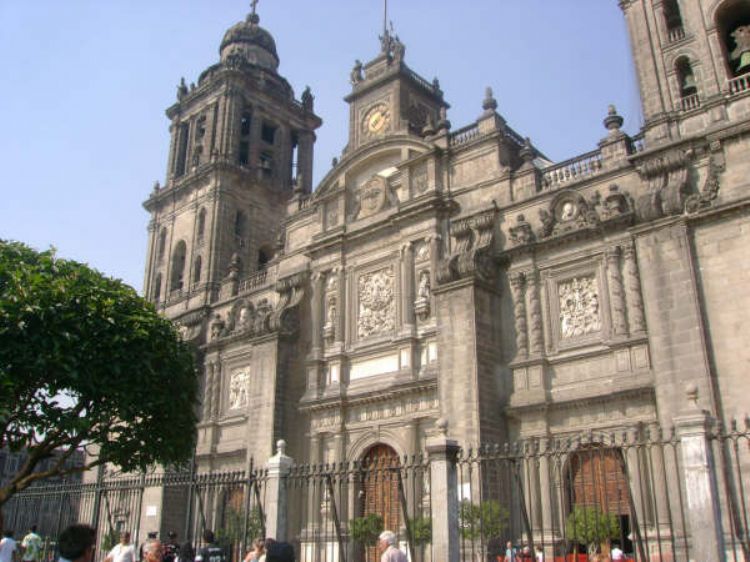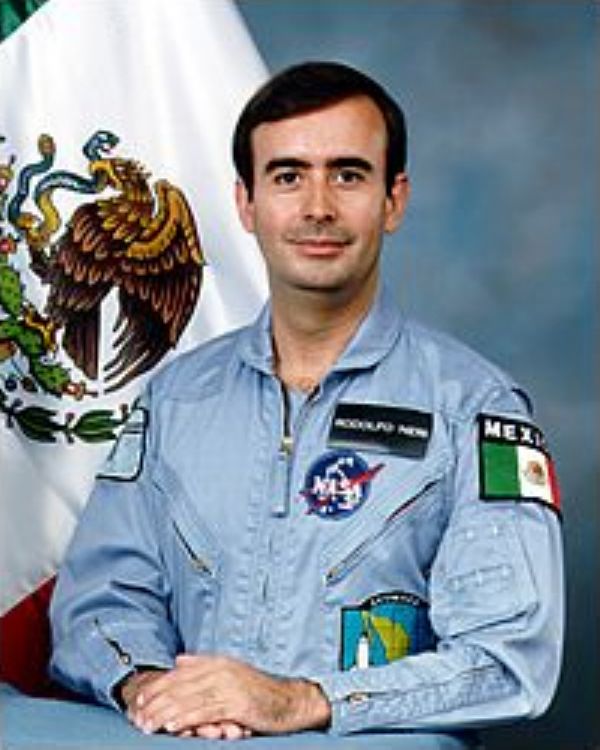.jpg)
Without rivaling nature, human beingsâ intelligence, cr...

The Californian Peninsula is a stretch of land with an area of 143,600 sq. km. It is separated from Mexican territory in the northeast by the Colorado River and the Sea of Cortez or Gulf of California. On the north it borders the North American state of California, once part of Mexican territory and known as Alta California. To the south and west it borders the Pacific Ocean.
It is 1200 km long and its width ranges between 45 and 250 km. It is surrounded by 35 islands totaling 1500 sq. Km. in area. Fifteen of the islands are part of the state of Baja California South.
The California South state has an area of 71,428 sq. km. with 2,230 km of coast line. Beautiful bays like Ballenas, Concepcion, Vizcaino and La Paz are found along the coast.
Deserts, sierras and coastline flatlands make up the landscape. The climate is desert like in most parts of the state. Cardon, mezquite and wild-lettuce, along with mountain lions, plants and wildlife characteristic of this ecosystem, are found in the Central and Vizcaino Deserts.
Parallel to the coast lies the Sierra de la Giganta, with pine and oak forests. To the west, the coastline flatlands form beautiful plains like the Llanos Santa Clara, Magdalena and Hiray, just to name a few.
Biosphere Natural Reserve of El Vizcaíno, with its 2.5 million hectares, is the largest natural reserve in Latin America. It is located in the Mulege municipality and extends from the west end of the Vizcaino Peninsula and the San Ignacio and Ojo de Liebre lakes, passing over the San Francisco Sierra, to the shores of the Sea of Cortez and the islands in the Gulf.
The natural and historical richness of this site is of unbelievable dimensions. In the lakes, from December through March, gray whales come to mate and raise their calves. Inland, there are 469 flora species with 39 of them being endemic of the Vizcaino Desert. The kangaroo rat and the rock squirrel are also exclusive of his zone. The fisher eagle, brown pelican, red heron, puma, lynx, wandering hawk and Mexican hawk are some of the animals that live here. The white headed eagle and the peninsular bull are in the endangered species extinction list.
It is important to mention that even though agriculture, livestock, hunting and fishing are illegal, humans are still carrying them out inside the Reserve boundaries, thus threatening this dazzling natural heaven.
.jpg)
Without rivaling nature, human beingsâ intelligence, cr...

The Business Tax to Unique Rate (Impuesto Empresarial de ...

During 2010 we celebrated in México 200 years of I...

Port of Ensenada; This port is located on Mexicoâs nort...

The best cities to live in Mexico vary according to the p...

Mexicoâs War of Reform, also known as the Three Year Wa...

The oil industry in the world has changed dramatically in...

These delicious tacos originated in the city of Puebla as...


In the Europe of the Middle Ages, the cathedral was witho...

Rodolfo Neri Vela was born in Chilpancingo, Guerrero on F...